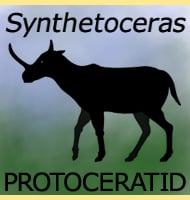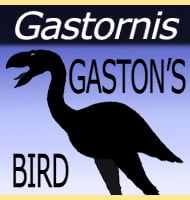In Depth
For well over a hundred years Proganochelys was regarded as the oldest known turtle, a title the genus held until the 2008 description of Odontochelys, a slightly earlier genus that lived in the Carnian stage of the Triassic.
Proganochelys had a developed carapace and plastron, the upper and lower parts of the shell respectively. These were formed by bony plates that had fused to the ribs and in life the plates would have had a covering of horn. Proganochelys was still quite primitive in some respects, one of the key things being that the head could not retract underneath the shell. Therefore to provide additional protection, the neck had a covering of spines that would have made it much more difficult for a predator to close its mouth around the neck. The tail of Proganochelys was quite long for a turtle, and it too had a covering of spines, but more interestingly the tail ended with a small club.
Fossils of Proganochelys are most often associated with Germany where the genus was first discovered, though at least three specimens of a second species named P. ruchae are known from Thailand. Proganochelys is also one of the few prehistoric animals to be identified as once living in what would become Greenland.
Further Reading
– Skull morphology of the oldest turtles: a preliminary description of Proganochelys quenstedti. – Journal of Vertebrate Paleontology. 3 (1): 25–28. – E. S. Gaffney & L. J. Meeker – 1983. - Proganochelys ruchae n. sp., ch�lonien du Trias sup�rieur de Tha�lande [Proganochelys ruchae n. sp., chelonian from the Upper Triassic of Thailand] - F. de Broin - 1984.









